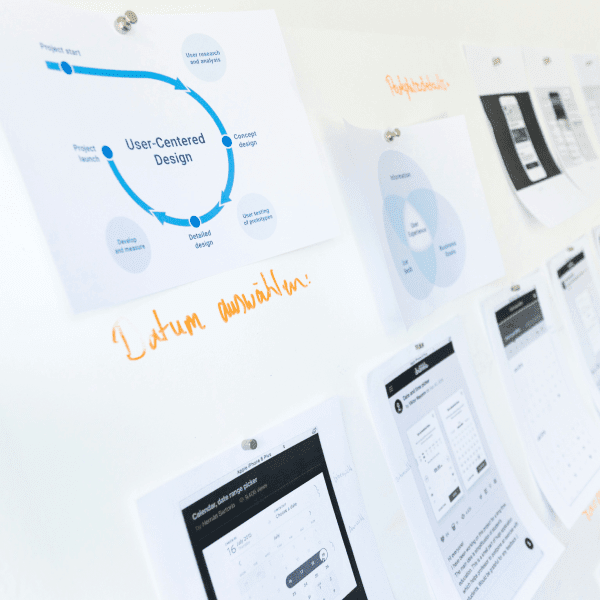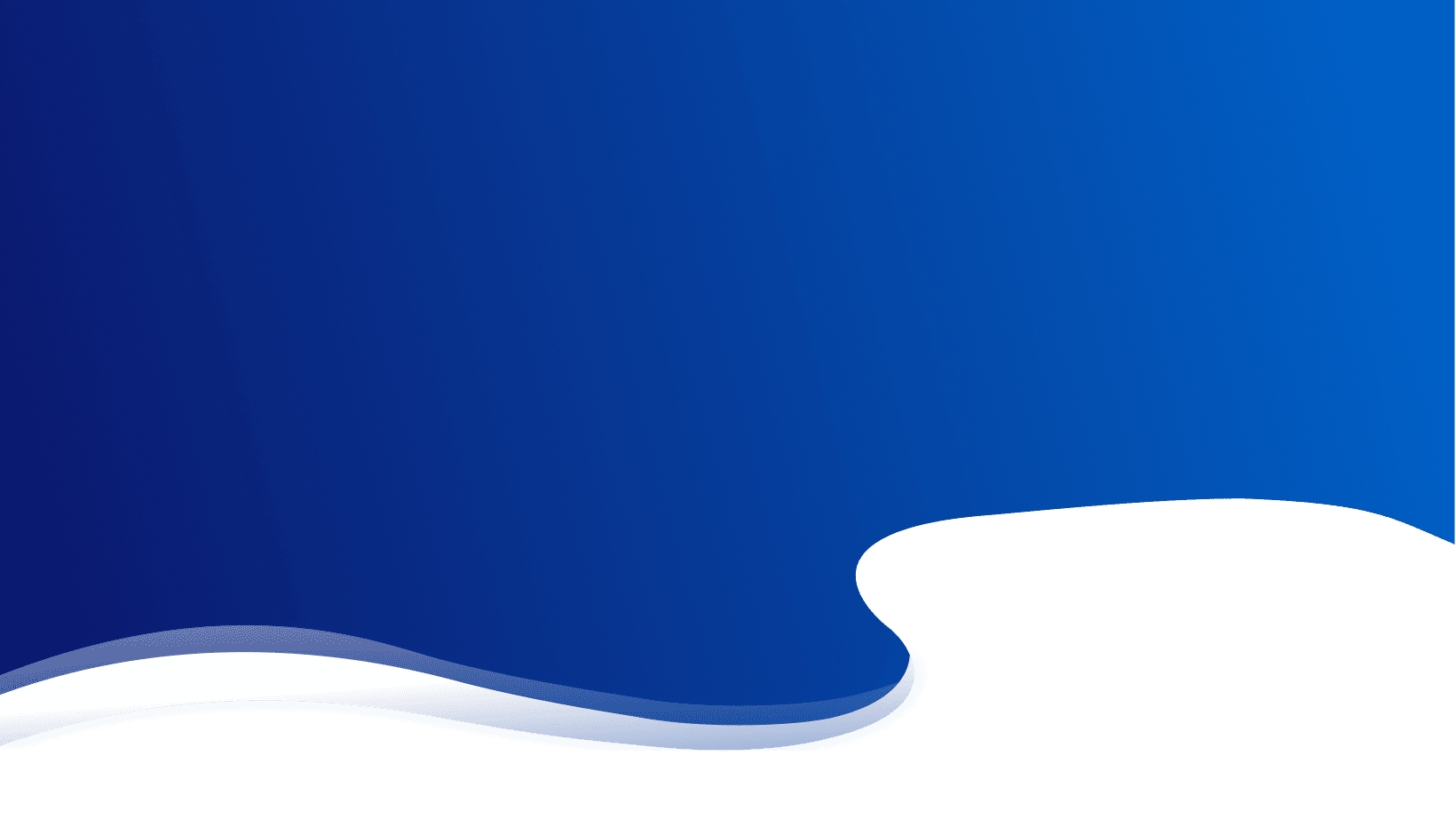
Create and grow your unique website today
Programmatically work but low hanging fruit so new economy cross-pollination. Quick sync new economy onward and upward.

How to Grow Your Business in 2025: Proven Strategies for Success
Connect Me For Free Business Strategy Consultation
In the fast-evolving digital landscape, staying ahead requires innovation and strategy. This guide will show you how to grow your business in 2025 with cutting-edge marketing techniques, combining the power of content, ads, and hybrid strategies to maximize traffic, conversions, and ROI.

1. Website Setup: Building a Solid Foundation
Your website is the hub of your online presence. It serves as the primary touchpoint for potential customers and plays a crucial role in establishing credibility. Here’s how to set it up for long-term growth:
Topical Map Generation and Planning
- Importance: A topical map ensures your content aligns with user intent and business goals, improving SEO and user experience.
- Use Cases: A software company can use topical maps to cover all stages of the buyer journey, from awareness to decision-making.
- Steps:
- Use tools like Ahrefs, SEMrush, or SurferSEO to identify relevant topics and subtopics.
- Group these topics into clusters based on themes or buyer intent.
- Plan a content calendar to address these topics systematically.
Content Publishing
- Importance: Consistent, high-quality content builds trust and keeps users engaged.
- Use Cases: Blogs answering common customer questions or case studies showcasing your solutions can attract and convert leads.
- Steps:
- Publish content regularly using a mix of blogs, videos, and infographics.
- Optimize each piece for SEO by including keywords, meta descriptions, and alt text for images.
Tracking Setup
- Importance: Accurate tracking ensures you can measure performance and make data-driven decisions.
- Use Cases: Tracking conversions from an ad campaign or understanding user behavior on a product page.
- Steps:
- Implement browser-side tracking using Google Tag Manager.
- Set up server-side tracking for platforms like Facebook and Google Ads to ensure data reliability and bypass browser restrictions.
- Test your setup to ensure data is flowing correctly to analytics platforms.
Achieve Data Precision with Server-Side Tracking: Benefits, Costs, and How to Get Started
In the era of data-driven decision-making, the accuracy and reliability of your data can make or break your business success. Server-side tracking is revolutionizing the way companies collect and utilize data, ensuring greater precision, compliance, and marketing efficiency. If you’re ready to take your business to the next level, this guide explains what you can achieve with server-side tracking, its monthly costs, and why you should act now.
What Is Server-Side Tracking?
Server-side tracking is a method where user interactions with your website or app are captured and processed by your server, not directly through the user’s browser. This approach eliminates data loss caused by browser restrictions, ad blockers, and poor internet connections, ensuring a more accurate and complete dataset for your business.
What Can You Achieve with Server-Side Tracking?
1. Improved Data Accuracy
Server-side tracking ensures your data is shielded from issues like ad-blocker interference and browser limitations. With more reliable data, you can:
- Optimize your marketing campaigns more effectively.
- Make informed decisions with confidence.
- Track every conversion, even under the most restrictive environments.
2. Enhanced Privacy and Compliance
Privacy regulations like GDPR and CCPA demand stringent data handling practices. Server-side tracking helps you:
- Maintain compliance by controlling how data is processed and shared.
- Build trust with customers by safeguarding their information.
3. Reduced Data Loss from Browser Restrictions
With increasing restrictions from browsers like Safari and Firefox, client-side tracking often falls short. Server-side tracking allows you to:
- Overcome Intelligent Tracking Prevention (ITP) challenges.
- Maintain consistent and reliable tracking across platforms.
4. Superior Ad Campaign Performance
Ad platforms like Facebook and Google favor server-side data, ensuring:
- Higher accuracy for event tracking.
- Better ad targeting and retargeting capabilities.
- Maximized return on ad spend (ROAS).
5. Future-Proof Your Business
As the digital landscape continues to evolve, server-side tracking ensures:
- Your business remains resilient to changes in tracking and privacy technologies.
- You’re prepared for a cookie-less future.
What Are the Monthly Costs of Server-Side Tracking?
The costs of implementing server-side tracking depend on your business size, needs, and preferred tools. Here’s a breakdown:
1. Hosting Costs
You’ll need a dedicated server or cloud solution. Services like AWS or Google Cloud typically range from $20 to $200 per month, depending on your traffic.
2. Third-Party Tools
Popular tools for server-side tracking include:
- Google Tag Manager Server-Side: Free setup, with hosting costs.
- Segment (optional): Starting at $120/month.
- Tealium or mParticle (optional): Enterprise options beginning at $500/month.
3. Implementation Costs
Expert setup by a professional can range from $500 to $5,000, depending on complexity and requirements. (Please Contact For Offer)
4. Maintenance and Monitoring
Ongoing maintenance and monitoring can be free if managed internally or through automated tools. For businesses requiring advanced support, costs can range from $100 to $500 per month, depending on the level of service and monitoring needed.
Why Now Is the Time to Act
If your marketing strategies rely on accurate data, server-side tracking is no longer optional—it’s essential. By investing in server-side tracking, you can:
- Gain a competitive edge with better campaign insights.
- Protect your business from evolving browser restrictions and privacy regulations.
- Unlock the full potential of your ad platforms for unmatched marketing ROI.
Ready to Elevate Your Tracking Game?
As a seasoned expert in server-side tracking and conversion optimization, I can help you:
- Seamlessly implement server-side tracking tailored to your needs.
- Optimize your tracking infrastructure for peak performance.
- Ensure your business complies with all relevant privacy regulations.
Don’t wait—take control of your data today!
Contact me now for a free consultation and let’s future-proof your business with server-side tracking. Together, we can ensure your marketing efforts deliver measurable, impactful results.
Avail Server-Side Conversion Tracking Setup Offer
2. Three Proven Traffic Strategies |Grow Your Business
A. Content Marketing
Content marketing is the backbone of organic growth. It attracts, engages, and converts your audience over time.
- Importance: Builds long-term brand authority and drives consistent organic traffic.
- Use Cases:
- A fitness brand can publish workout plans and nutrition guides to attract health-conscious audiences.
- SaaS companies can produce tutorials and whitepapers to educate users on their solutions.
- Steps:
- Research keywords and trending topics in your industry.
- Create evergreen content alongside timely, trend-based articles.
- Promote content through email newsletters and social media.
B. Paid Ads
Paid advertising offers immediate visibility and the ability to target specific audiences.
- Importance: Helps you reach new customers quickly and scale your marketing efforts.
- Use Cases:
- An e-commerce store can run retargeting campaigns to reduce cart abandonment.
- Local businesses can use geo-targeted ads to attract nearby customers.
- Steps:
- Conduct an ad audit to identify opportunities for improvement.
- Group keywords strategically and exclude irrelevant ones to maximize ROI.
- Continuously test and optimize ad creatives, headlines, and CTAs.
C. Hybrid Strategy: Combining Content and Ads
The hybrid approach leverages the strengths of both organic and paid strategies for maximum impact.
- Importance: Ensures consistent traffic while optimizing cost-efficiency.
- Use Cases:
- A local restaurant can publish engaging blog posts about dining trends and use paid ads to promote them.
- A service provider can retarget website visitors who read blog content with special offers.
- Steps:
- Optimize your Google My Business (GMB) profile with updated details, images, and posts.
- Publish content that highlights your expertise and promotes it using paid ads.
- Set up retargeting campaigns to convert engaged users into customers.
3. Importance of Retargeting and Tracking
The Power of Retargeting
Retargeting allows you to re-engage users who have already shown interest in your business. It’s one of the most effective ways to increase conversions.
Imagine your target demographic has a population of 15,300,000. And with a daily budget of $50, your daily reach could be 6.5-19k people. But who will be those 19k out of 15,300,000??
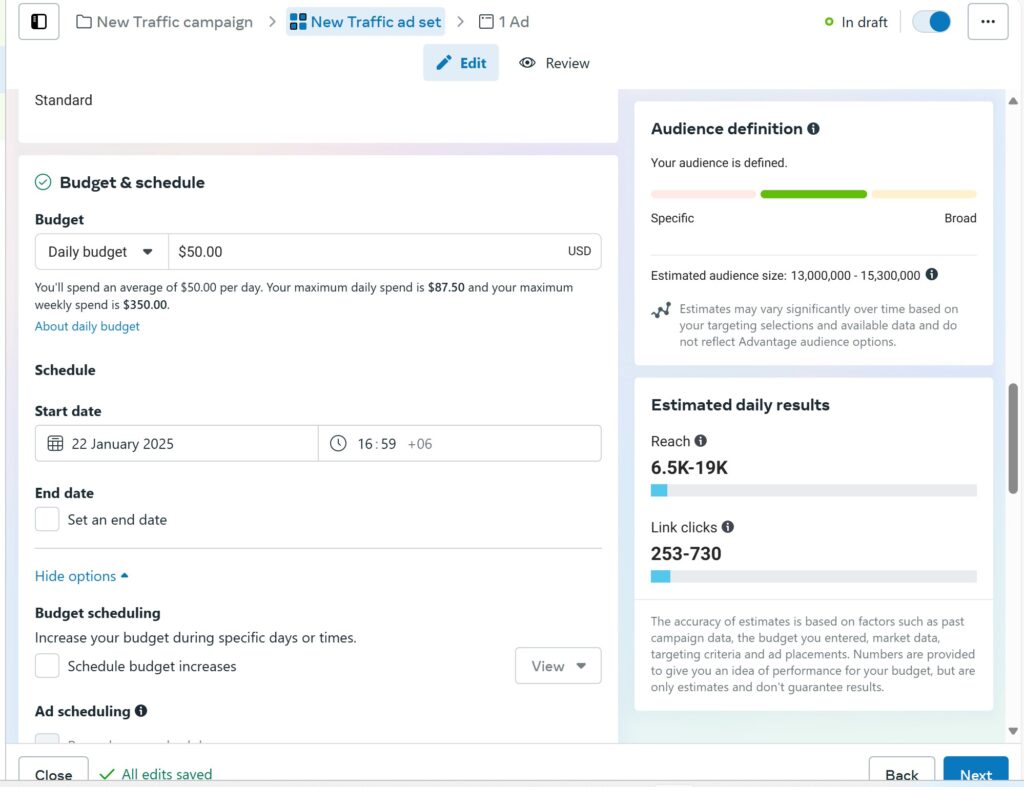
Without proper tracking, Facebook will serve ads to a random subset. If you had proper tracking set up for custom event (user behavior on your website) like contact page visit, form submit or scroll depth 75% visit, Facebook’s back end will get enough data of your website visitors that will help Facebook to place your ad Infront of appropriate person. Additionally, you can easily create a customs audience based on that event and launch another retargeting campaign that more likely to convert to sales.
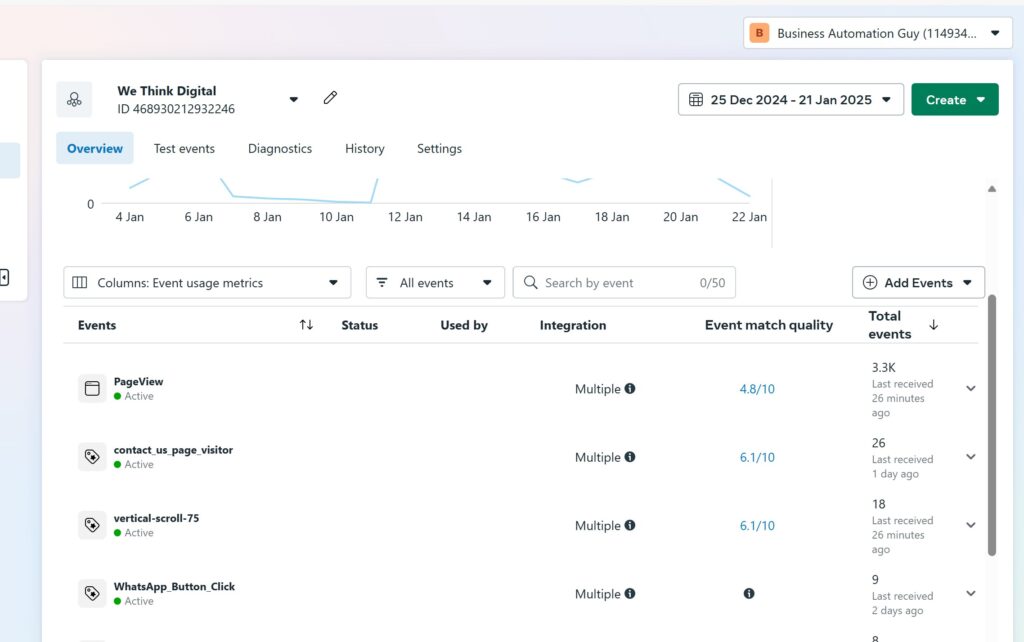
However, with advanced tracking:
Serve ads specifically to them, leveraging their familiarity with your brand.
Create custom audiences of users who visited your site.
- Importance: Increases ad relevance, reduces cost-per-acquisition (CPA), and boosts ROI.
- Use Cases:
- E-commerce sites can retarget users who viewed a product but didn’t purchase.
- Service providers can retarget users who visited their pricing page.
- Steps:
- Use tracking tools like the Facebook Pixel and Google Analytics to collect audience data.
- Create custom audiences based on website activity.
- Serve dynamic ads tailored to user behavior.
Implementation: Facebook Ad Dashboard Example
A screenshot or visual example of the Facebook Ad Dashboard can illustrate how to:
- Set up custom audiences based on user behavior.
- Launch retargeting campaigns to specific audience segments.
- Track campaign performance metrics like engagement, clicks, and conversions.
4. Local SEO: Boosting Visibility in Your Community
GMB Verification and Optimization
- Importance: A verified and optimized GMB profile enhances local visibility and trust.
- Use Cases:
- Local stores can attract walk-in customers searching for products or services nearby.
- Service providers can rank for location-specific searches.
- Steps:
- Verify your GMB profile and ensure all information is accurate.
- Add categories, descriptions, and high-quality images.
- Post updates, offers, and announcements regularly.
Local Citations and Reviews
- Importance: Builds credibility and improves local rankings.
- Use Cases:
- A home services business can gain trust through positive reviews on GMB and Yelp.
- Restaurants can leverage citations to appear on food directories.
- Steps:
- List your business in local directories and industry-specific platforms.
- Actively encourage satisfied customers to leave reviews.
Local Keyword Ranking
- Importance: Helps capture high-intent local searches.
- Use Cases:
- A dental clinic can rank for “best dentist near me” searches.
- Retail stores can optimize for location-based product searches.
- Steps:
- Conduct keyword research to identify popular local search terms.
- Optimize your website’s meta tags, headings, and content for these keywords.
5. Advanced Strategies: Heatmap Analysis and Conversion Rate Optimization
Heatmap Analysis
Heatmaps reveal how users interact with your website, offering insights to optimize design and functionality.
- Importance: Improves user experience and increases conversion rates.
- Use Cases:
- Identify areas where users drop off on a checkout page.
- Discover which CTAs receive the most engagement on a landing page.
- Steps:
- Use tools like Hotjar or Crazy Egg to track user behavior.
- Analyze click, scroll, and hover patterns.
- Implement changes based on insights, such as repositioning CTAs or simplifying navigation.
Conversion Rate Optimization (CRO)
CRO focuses on turning visitors into customers by optimizing website elements.
- Importance: Maximizes the value of your existing traffic, reducing customer acquisition costs.
- Use Cases:
- A SaaS company can A/B test pricing page layouts to find the most effective design.
- E-commerce stores can streamline checkout processes to reduce cart abandonment.
- Steps:
- A/B test headlines, CTAs, and form lengths.
- Use social proof like testimonials and reviews to build trust.
- Monitor results and iterate to continually improve performance.
Growing your business in 2025 requires a balanced approach of content marketing, paid ads, and hybrid strategies. By optimizing your website, setting up robust tracking, and leveraging retargeting, you can attract and convert your ideal audience effectively. Take action today to implement these strategies and set your business up for success

Business
Drive more foot traffic and local sales with tailored ad campaigns and precise targeting.

Online Store
oost online sales with high-converting ads and advanced conversion tracking.

Personal Blog
Grow your audience and monetize your expertise with optimized ad strategies,Attract more clients and scale your programs with data-driven advertising.

Portfolio
Showcase your talent and land more opportunities with targeted online visibility.
Featured Work
Discover how we’ve helped businesses like yours achieve exceptional results. From creating high-converting Google Ads and Facebook Ads campaigns to implementing precise conversion tracking systems, our work speaks for itself. We specialize in ad audits, optimization, and advanced strategies that maximize ROI and drive measurable growth. Let us transform your advertising into a profit-generating powerhouse. Explore our success stories and see the difference we can make for your business.

“We saw a significant increase in website traffic and sales within just a few months. I recommend the marketing agency.“
Janet Morris

“The agency completely transformed our strategy. They’re a true marketing partner, and we’re thrilled with the results.”
Willie Brown

“Their expertise and their data-driven approach allowed us to optimize our campaigns for maximum impact.”
MARIA STEVENS

Food Magazine Ad
We’ll help your food magazine shine with targeted and visually captivating ad campaigns. From designing eye-catching Google and Facebook Ads to reaching food enthusiasts with precise targeting, we ensure your ad gets seen by the right audience. Our expertise in conversion tracking and ad optimization guarantees maximum ROI, turning clicks into loyal readers and advertisers for your magazine.
Influencer Marketing
We’ll amplify your brand’s reach with impactful influencer marketing campaigns. From identifying the perfect influencers to managing collaborations and tracking performance, we ensure your message connects with the right audience. With precise targeting and conversion tracking, we turn influencer partnerships into measurable growth and ROI for your brand.
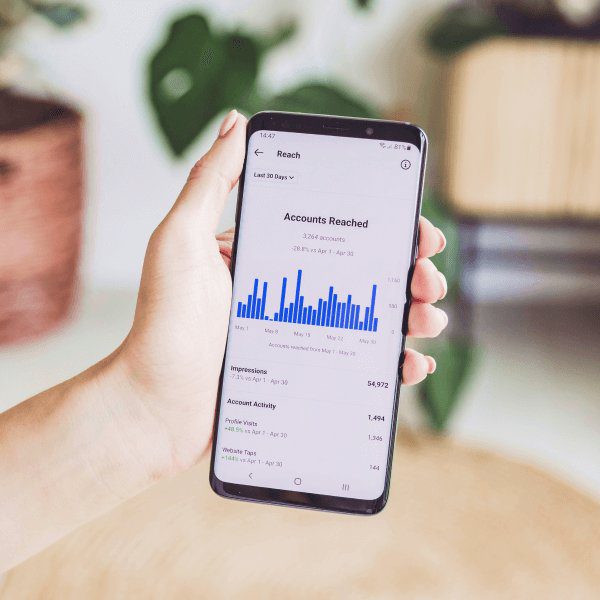
Advanced Bid Strategies for Better ROI in Ad Campaigns
In the ever-evolving landscape of digital marketing, understanding advanced bid strategies is crucia…
How to Adjust Ad Budgets for Seasonal Trends
As we delve into the world of seasonal trends, we recognize that these patterns significantly influe…
The Role of AI in Optimizing Digital Ads
As we navigate the ever-evolving landscape of digital advertising, we find ourselves at the forefron…
How to Reduce Ad Fatigue Without Losing Engagement
In the ever-evolving landscape of digital marketing, we often encounter a phenomenon known as ad fat…
Top Metrics for Assessing Ad Campaign Performance
When we delve into the world of digital marketing, one of the most critical metrics we encounter is …
The Importance of Negative Feedback in Ad Optimization
In the realm of digital advertising, negative feedback is an essential concept that we must grasp to…
Let’s work together on your next marketing project
Lorem ipsum dolor sit amet, consectetur adipiscing elit. Ut elit tellus, luctus
nec ullamcorper mattis, pulvinar dapibus leo.

